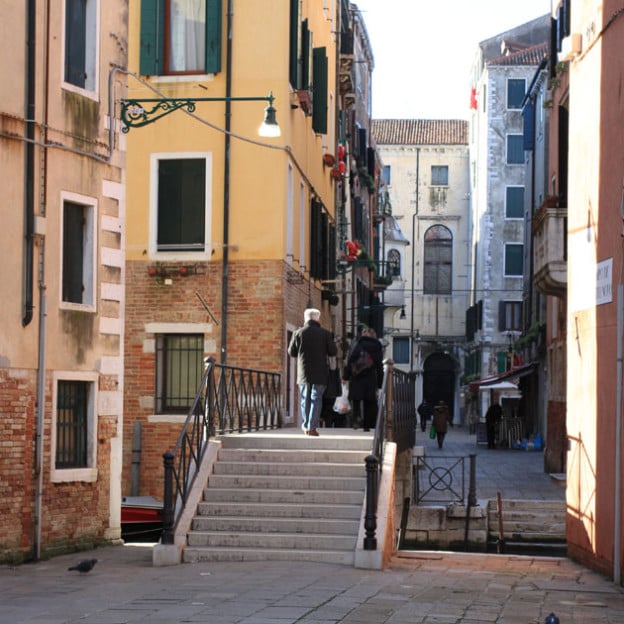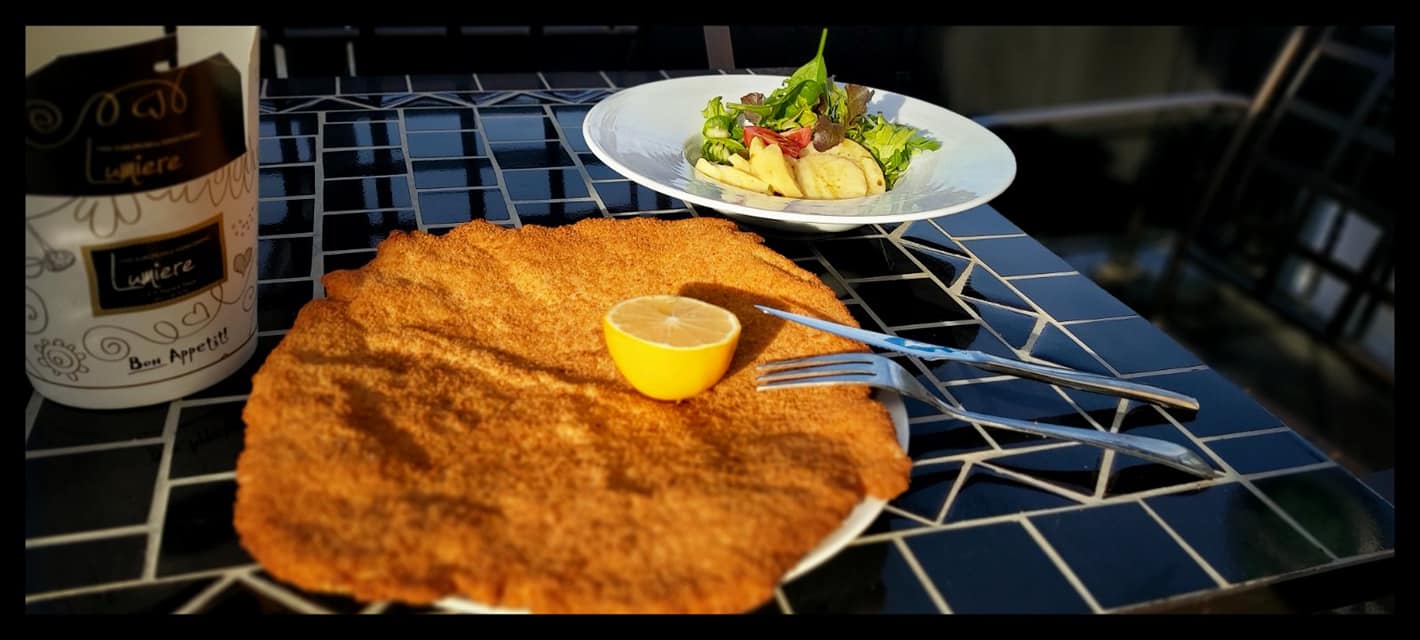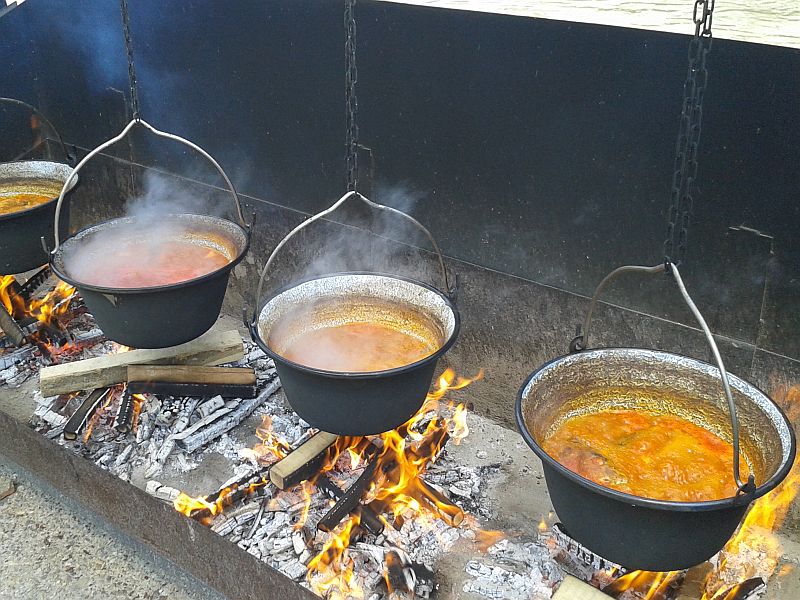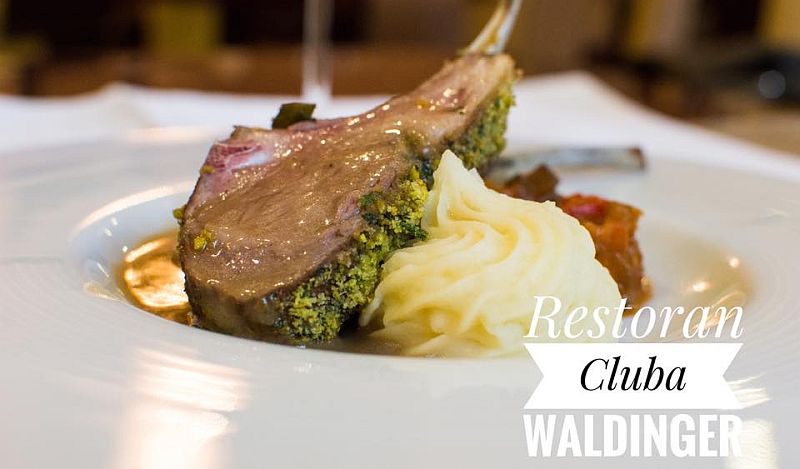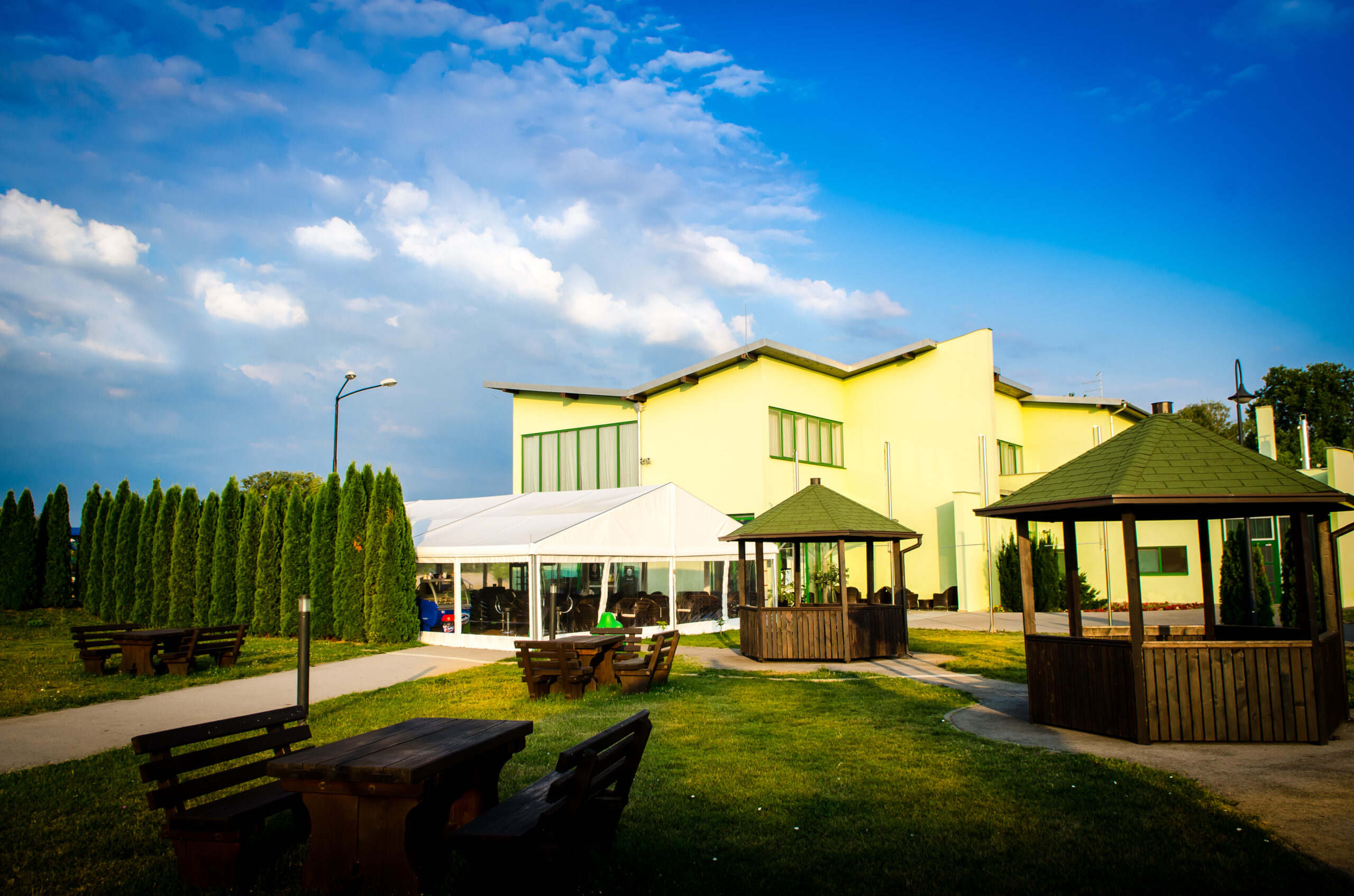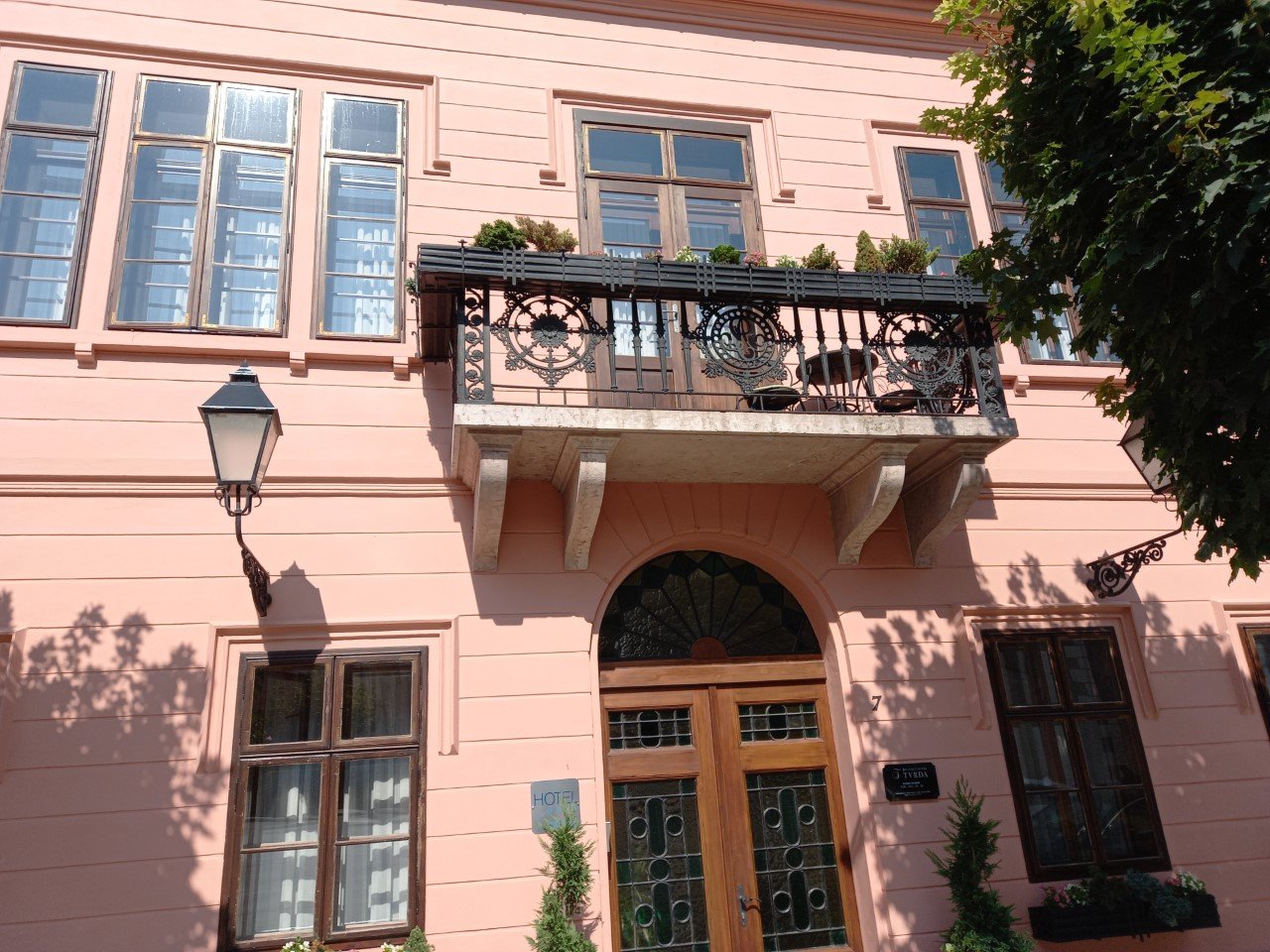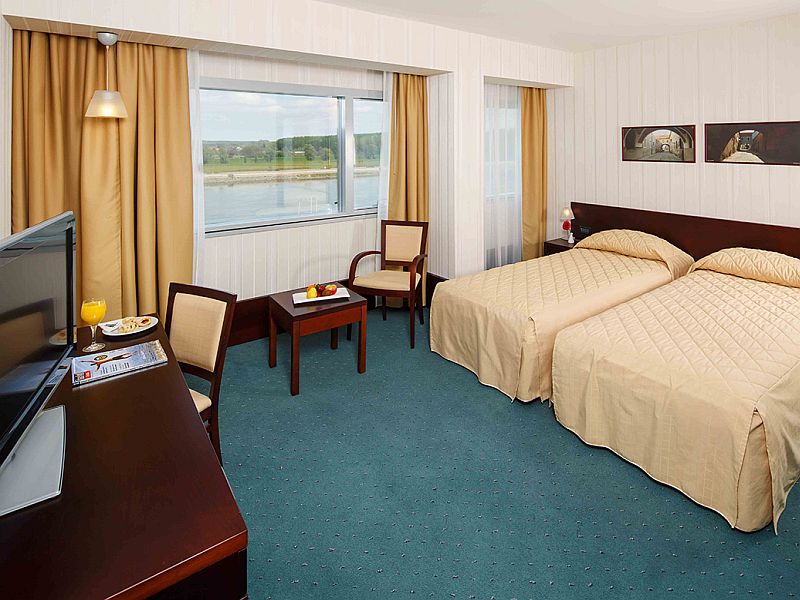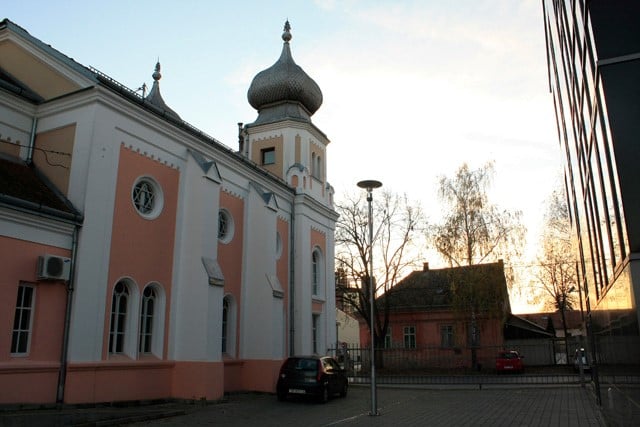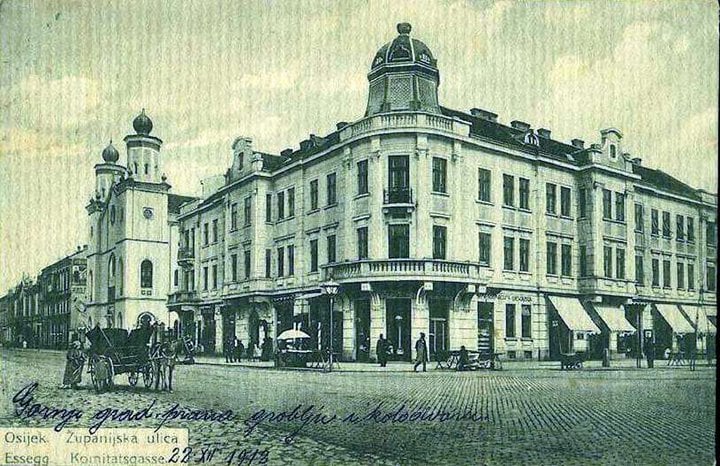The area of the old foundry (hence the name Ghetto Vecchio) was granted to the Levantine Jews in 1541. It is linked to the Ghetto Novo by the Agnudi bridge, and closed off on the side of the river Cannaregio by a gate.
The main street (Strada Maestra, now called Calle del Ghetto Vecchio) was for the most part made up of community facilities such as shops and places of study. Among these was the Leon da Modena midrash at number 1222, named after the leading cultural exponent of the Venice ghetto, who lived from 1571 to 1648.
Approximately halfway along the street, on the “campiello delle scuole”, stand the two Sephardic synagogues: the Scola Spagnola and the Scola Levantina. Unlike the synagogues in the Ghetto Novo, these places of worship present fine elements on their exteriors, such as the seventeenth-century facade of the Levantina, which recalls the work of Baldassarre Longhena.
Archives: Directory listings
Directory listings
The Jewish Story of Osijek, Croatia
The City of Osijek is located in the eastern, continental part of Croatia, in the plains, on the right bank of the Drava River. It is the largest city in Slavonia, at the same time the seat of Osijek-Baranja County. The city’s geographical position is favourable and it is accessible in relation to major European corridors and that it is located near major cities and capitals: Zagreb (278 km), Novi Sad (112 km), Belgrade (186 km) and Budapest (257 km).
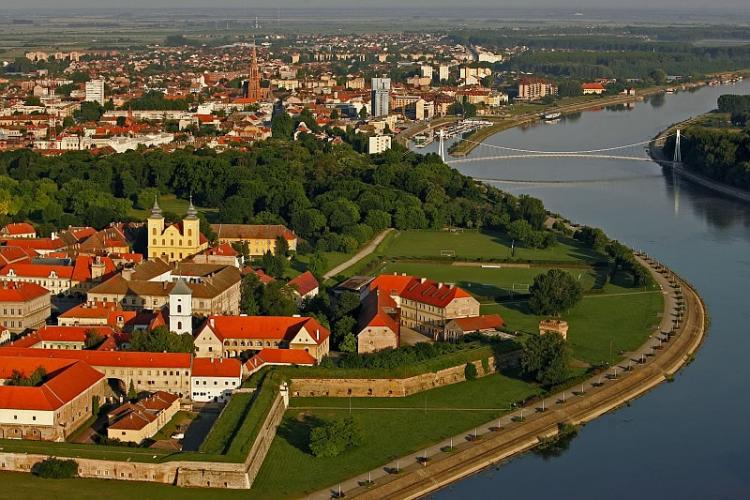
The city is located on the route of the Vc Pan-European transport corridor towards Budapest and at a distance of about 70 km from the Zagreb – Belgrade highway. In the immediate vicinity of the city there are two airports: Osijek airport of international importance (category 4D) and Osijek – Čepin airport (category 2C). The RH3 railway corridor, significant for international traffic, crosses over this area. At a distance of about 45 km there is the corridor of the international railway in Vinkovci. Pursuant to the European Agreement on Main Inland Waterways of International Importance (AGN), the Drava River was included in the Inland Waterways of International Importance among other rivers (E 80–08 River Drava up to Osijek).
The Danube waterway extends from the border with Hungary all the way to the border with Serbia, and the Drava River from the mouth of the Danube to Osijek is of the greatest importance in Osijek-Baranja County. Public bus and tram transportation is provided in the city. A total of 25 bicycle trails with a total length of almost 41 km stretch over the city of Osijek territory, especially in the center and the wider center of the city, which makes it easier to navigate and explore the sights of Osijek.
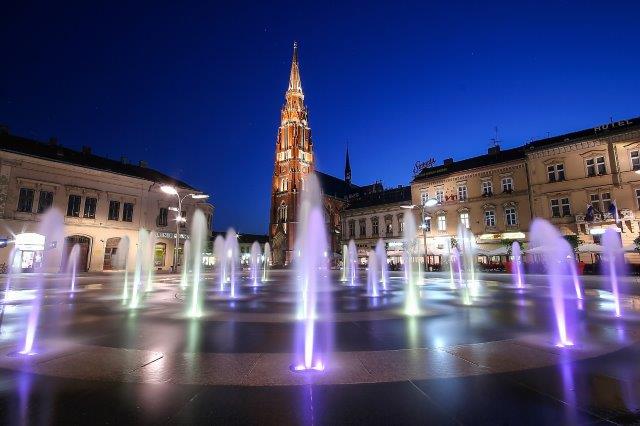
The City of Osijek bike route is also a part of the Pecs – Osijek – Antunovac cycling route established within a tourism project linking Croatia and Hungary. Osijek is located on the international cycling route along the Danube, passing from Germany via Austria and Hungary to Serbia, Romania and Bulgaria. The European Bike Route Euro Velo 6 runs through the city of Osijek, from the Atlantic Ocean to the Black Sea. There is also a Euro Velo 13 cycling route near the city, the so-called Iron Curtain route, and the cycling route along the Drava River.
According to the 2011 census, the total population of Osijek-Baranja County was 305,032, out of whom 108,048 lived in the City of Osijek, while according to estimates by the Central Bureau of Statistics for 2017 In Osijek – Baranja County, there were 283 035 inhabitants, which indicates a downward trend in population.
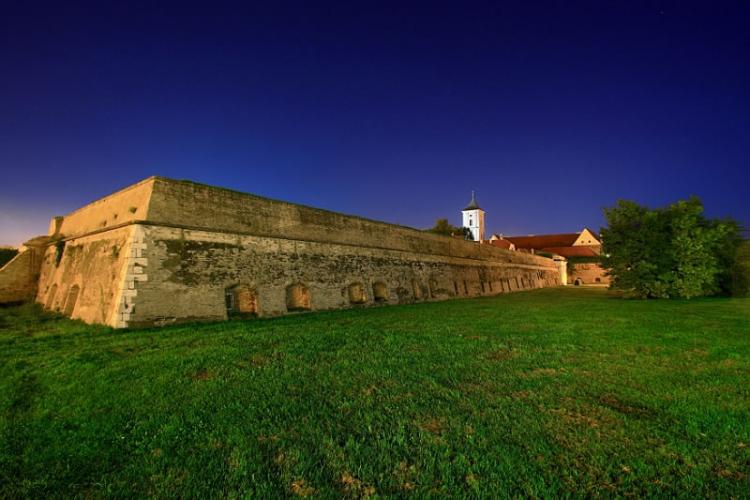
The specialty of the City of Osijek are valuable urban areas, areas of historical cultural value, as well as a long tradition of landscaped public green areas. Two protected parks in the area of the city of Osijek, King Tomislav Park and King Peter Krešimir IV Park, should be emphasised as park architecture monuments. According to the Cultural Heritage Register of the Ministry of Culture, there are 126 protected cultural goods in the territory of the City of Osijek, out of which 6 are movable cultural goods – museum material and 117 immovable cultural goods. Till World War II Osijek had the 2nd largest Jewish community in Croatia after Zagreb and we owe much of our cultural heritage to this prosperous community which significantly contributed to the city development and progress from the 2nd part of the 19th ct. till World War II.
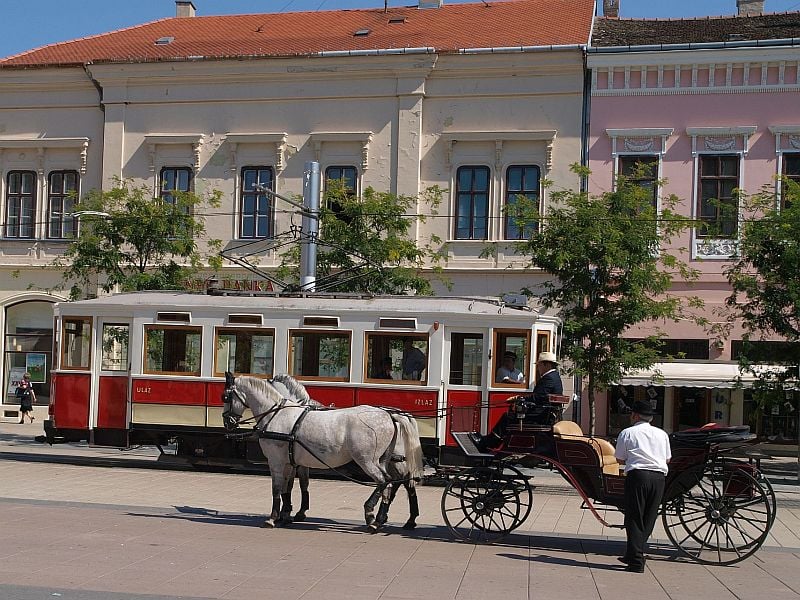
Osijek and its surroundings are also regionally well-known for great gastronomy and enology offers, so there are many (boutique) hotels, hostels and interesting restaurants to visit. The climate in the City of Osijek is moderate continental. The City and County Tourist Boards (https://www.tzosijek.hr/; https://visitslavoniabaranja.com/) operate in the Osijek-Baranja County. Also, there are tourist information centers and local offices of tourist boards in the area covered.
The trend of increasing the number of arrivals and overnight stays in recent years speaks of the increasing attractiveness of eastern Croatia. Eastern Croatia is a potential eco, gastronomic and recreational destination, which can contribute to the growing demand for cultural and entertainment facilities. Currently, the offer of travel agencies operating in the area of eastern Croatia is based on sightseeing of urban centers (Osijek, Đakovo, Vukovar, Vinkovci, Slavonski Brod), historical and natural landscapes (Kopački rit Nature Park, river flows, etc.) and sacral objects (Đakovo Cathedral, Aljmaš Shrine). It is expected that in the near future, more diverse cultural programmes will be included in the tourist packages that will meet the wishes of the visitors of the destination.
Lumiere
A new, modern restaurant in the very city centre follows all world’s contemporary gastro-trends, including some vegetarian offer and Asian cuisine.
Slavonska kuća (Slavonian House)
This restaurant offers authentic, homemade traditional Croatian and Slavonian dishes to enjoy – the best special local cuisines, outstanding gourmet food, excellent specialties and distinct regional dishes at our restaurant. They especially take pride in fish specialties, but they also offer a variety of vegeterian and vegan dishes. For dessert they offer selection of fruit as well as various pastries. They operate at tradional premises in a Baroque city centre, ex-fortress (Tvrđa), with a tradional Slavonian interior which creates a very pleasant domestic atmosphere.
Waldinger restaurant
This restaurant is a part of Hotel Waldinger. The modern interior, cozy, homely atmosphere and the staff offer new modern light and fast snacks. An integral part of the offer is a combination of traditional dishes prepared in a modern way, adapted to the needs of a light business lunch or an extension of an office meeting. In addition to the restaurant, this space is also designed as a lounge & wine bar to meet the diverse needs of contemporary guests.
Hotel Zoo
It is located on the left coast of the river Drava on the city promenade, next to the City Zoo and surrounded by greenery. It has 35 beds and has its own parking for cars and buses. With access to the ferry “Kompa” in just a few minutes you can arrive at the right coast of the river Drava in the very center of the town. If you prefer you can get there with a city bus.
Boutique Hotel Tvrđa
Located in the heart of the old part of Osijek (Tvrđa – the Baroque Fortress), it is the first original boutique hotel that combines traditional and modern design.
The hotel offers uniquely decorated, luxurious and comfortable rooms with free Wi-Fi. Tvrđa Boutique Hotel offers several facilities on site, such as a swimming pool and sauna on the roof, and the possibility of dining. We have designed a place where superior services are integrated with authentic design to make guests feel comfortable and relaxed.
Hotel Osijek
In 2014 Hotel Osijek was voted the best four star hotel in continental Croatia in traditional action Tourist flower. Glass skyscraper hotel is also the second highest building in Osijek after the Cathedral but also an inevitable motive of cityscape. It’s located near the main square next to the river Drava, Winter Port and city promenade and it has 253 beds. Additional services at the hotel include a restaurant “Promenade”, a cafe and pastry shop with a large selection of homemade cakes and ice creams, wellness and beauty center, the possibility of organizing seminars and conferences in 5 conference rooms for up to 450 people as well as weddings with a touch of real luxury. In addition there is parking for cars and tourist buses. With the high category of four-star all this makes it one of the most desirable accommodation facilities in the city.
Lower Town Synagogue
A smaller of former two Osijek synagogues (popularly called ‘ the Little syngogue’), since 1950 it has been the Pentecostal church.
Upper Town Synagogue
The former main Osijek synagogue in the city centre, robbed and set on fire in April 1941. Its remnants were completely removed in 1953 and a residential building was constructed there. There is only a memorial plaque in this place now.
